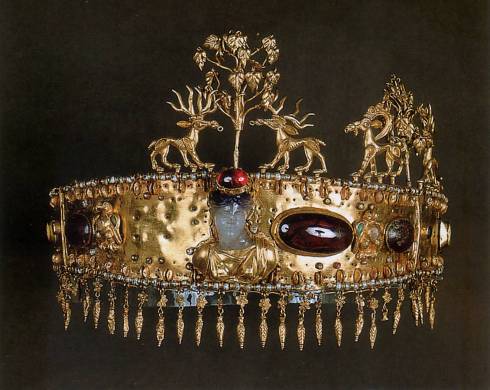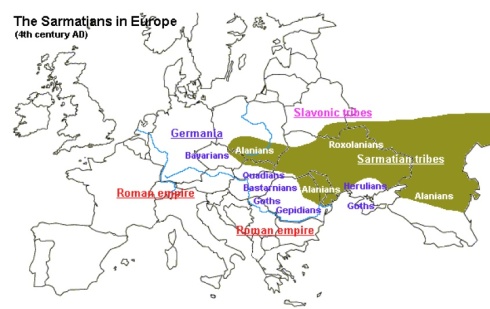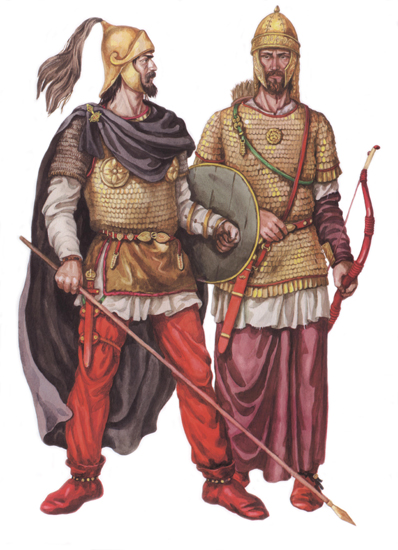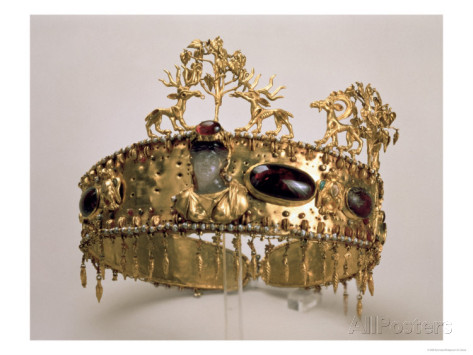You are currently browsing the tag archive for the ‘barrow’ tag.
Tag Archive
The Great Dark Flounder
October 1, 2018 in Art, Deities of the Underworld, extinction, Gardens, Gothic, History, Invaders, Opinion, prophecy, Serpents, Space, Trees, Uncategorized | Tags: barrow, Cannibal, crypt, drawing, Great Flounder, Horror, megalith, monsters, urn, Wayne Ferrebee, well | by Wayne | Leave a comment
It is the first day of October, which means you need to start getting ready for Halloween horror coming to Ferrebeekeeper at the end of the month! Every year we have done a special theme week to highlight the monsters lurking in the many shadows of existence. As all of you know, there is darkness out there: it lurks just beneath our appetites, our skin, our mortal lives…Ye! there is a ghastly void beneath the pretty autumn flowers themselves! As a teaser of things to come later this month, I am doubling back to an earlier post which had one of my drawings in it.

The drawing was hard to see in that post (because WordPress seemingly no longer blows images up to true size if you click on them) however it took me an enormous amount of time and it looks very ghastly and disconcerting in the real world. It is another one of my allegorical flounder drawings, but this one concerns the hunger, carnage, and obliteration which, alas, seem to be ineluctable features of all systems involving living things…perhaps of all systems, full stop.

There is a story I imagined while drawing this: what if you were wandering through the barrowlands of Europe when you found an ancient flatfish made of hammered gold? You would grab the treasure and begin to carry it off, however closer examination might give you pause, for, graven into the solid gold, are vile butchers, sorcerers, monsters, and dark gods. Assembled on the surface of the piece are a monster andrewsarchus, an underworld goddess leaping out of a well with entrails in her hand, cannibals, and a parasitic tapeworm thing. All of these frightful entities are gathered around an evil sentient tree with hanged men it its boughs, and the entire tableau is on the back of a terrible moaning flatfish which seems almost to writhe in your hand. When you look up at the sky the night is descending on the wold. The megaliths take on a sinister new aspect and the very stars seem inimical. it is all too easy to imagine the black holes eating away the center of each galaxy. With dawning fear you realize you need to put this unearthly artifact right back where you found it.
A Sarmatian Crown
March 23, 2015 in China, Color, Crowns, History | Tags: barrow, crown, diadem, golden, Hellenic, kurgan, nomads, people, Pontic-Caspian, Sarmatian, steppe, treasure, warriors | by Wayne | 7 comments
The Sarmatians were a confederation of warlike steppe nomads who flourished on the Pontic-Caspian steppe between the 5th century BC and the 4th century AD (the Pontic-Caspian steppe stretches from the northern shores of the Black Sea to the eastern coast of the Caspian Sea). Archaeologists believe the Sarmatians were an Iranian people who worshipped gods of fire–a cosmology somewhat akin to that of the ancient Persian Zoroastrians.
Perhaps you will notice that I have given Sarmatian culture a somewhat loose date range of about a thousand years, and placed them in a vague—but vast–geographic region approximately the size of North America’s Great Plains. This is because the Sarmatians are indeed mysterious. What is known about them comes from unreliable historical accounts from classical antiquity or from excavations of their kurgans (burial chambers covered with earthen mounds).
Though built around an ancient Persian kernel, Sarmatian culture seems to have picked up elements from the diverse societies around the Pontic Caspian steppe. Sarmatian artifacts recovered from excavations betray influences from Scythian, Hellenistic, Roman, Siberian, and even Chinese sources. It is quite possible that the Sarmatians did not just pick up ideas from these cultures but assimilated people from them as well. Historians and archaeologists have been arguing about whether the Sarmatians were even a distinct culture at all, or whether it was many different peoples with different histories (hence the use of the word “confederation” in the original description up there at the top). What seems certain is that they were fierce horse-warriors. Some of them raided and traded whereas others settled down and picked up agriculture. Their ways of life endured—as did their political hegemony—until the great upheavals and migrations of the 4th century when they were wiped out/dispersed/intermingled by Ostragoth and Hun hordes.
I am going to leave the ins-and-outs of defining culture to anthropologists and instead show you a magnificent Sarmatian artifact which directly illustrates the remarkable syncretism of their world. Here is a Sarmatian diadem which was discovered at the Khokhlach kurgan (which was excavated near the modern town of Novocherkassk). The crown is a principle treasure of the Hermitage Museum–which does not lack for great treasures–but some of the details of its modern provenance have seemingly been muddled by the upheavals of modern Russian history (which seems appropriate).

The golden headdress presents magnificent deer and ibex gathering around a central tree of life. A Hellenic-looking head carved of semi-precious stone has been incorporated as a centerpiece. The piece is studded with pearls and cabochons of amber and garnet. Ornate golden leaves hang down from it as pendants.

The diadem is exquisite, but at first glimpse it seems to exist outside of human culture—like it came from some strange fantasy realm. Only by carefully studying its individual components does it suddenly take on a coherent historical identity of its own. I wish we knew more about the Sarmatians from written sources, but I feel we know a great deal about them, just by looking at this beautiful blended crown.




